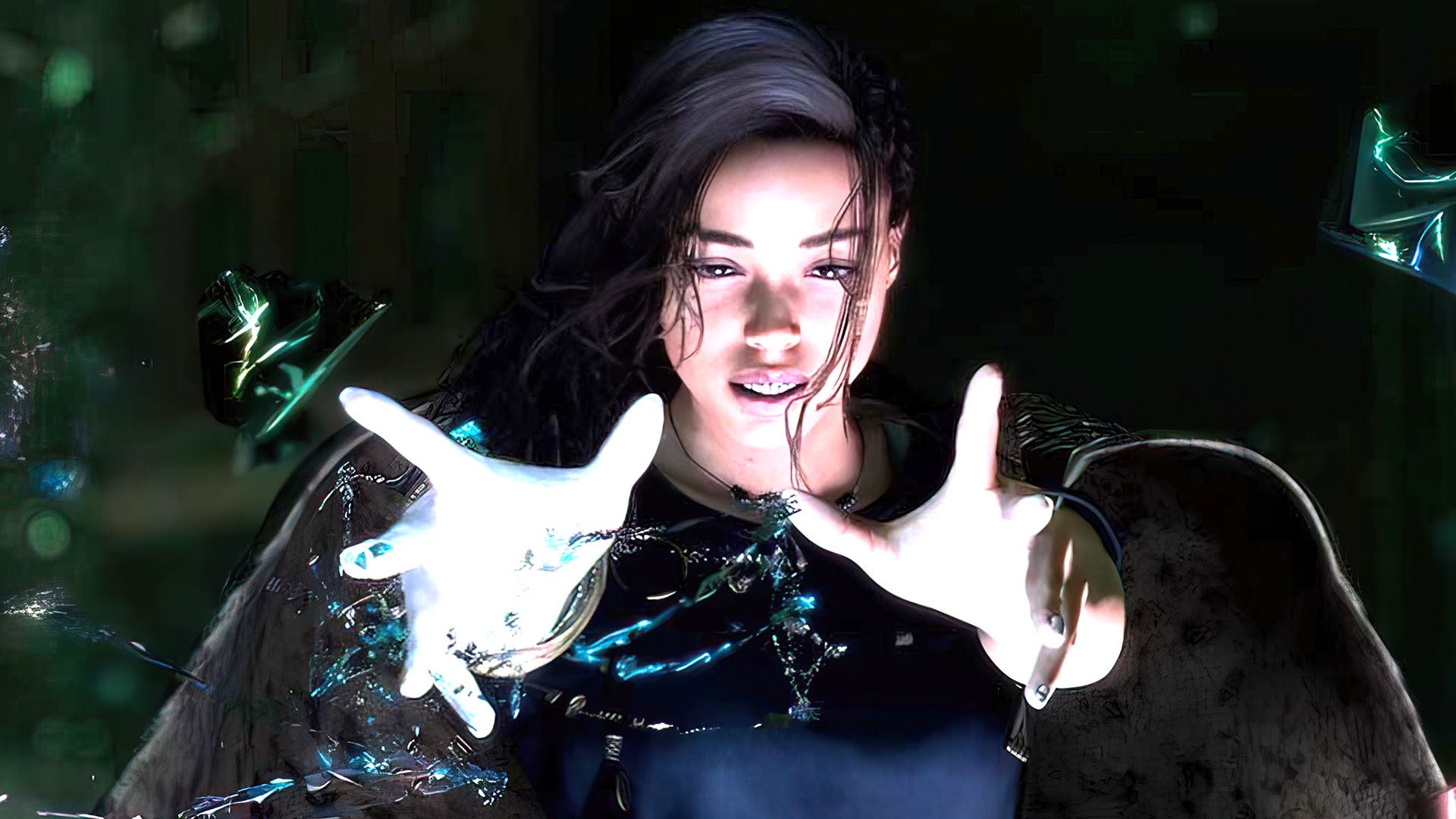Forspoken’s launch on PlayStation 5 was rocky from a technical perspective, with uneven visuals and inconsistent performance, so I wondered whether the PC version could be the panacea to all of the woes John touched on in his DF tech review. We’ll get into the gory details shortly, but the good news is that the PC version does play better than the PS5 version – at least on high-end hardware. However, there are also some serious issues unique to the PC release that need to be addressed.
So here’s what you need to know, including how the PC version compares to the game on PS5, a look at how DirectStorage cuts loading times and optimised settings to boost performance.
On first boot though, Forspoken on PC provides a positive first impression. There is a comprehensive settings menu with options for selecting image reconstruction techniques, dynamic resolution, ray-traced ambient occlusion (RTAO) and even an in-game benchmark. But while it’s great that these options are there, these PC niceties fall down in their execution.
Let’s start with image quality options. DLSS (2.4.12), FSR (2.1) and even XeSS are provided depending on your GPU, but despite being a net positive each suffers from some issues.
For example, FSR image resolve exhibits problems with transparency effects such as particles, so things like fire can look much worse with FSR compared to DLSS or XeSS. Elsewhere, movement and disocclusion artefacts are present, and post process blurs such as depth of field have a pixelated look to them, as if they’re not being reconstructed. XeSS interacts with depth of field in an even worse manner, with massive flickering issues that surely must be patched.
